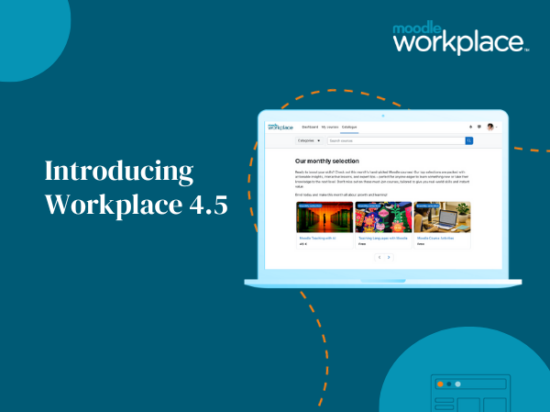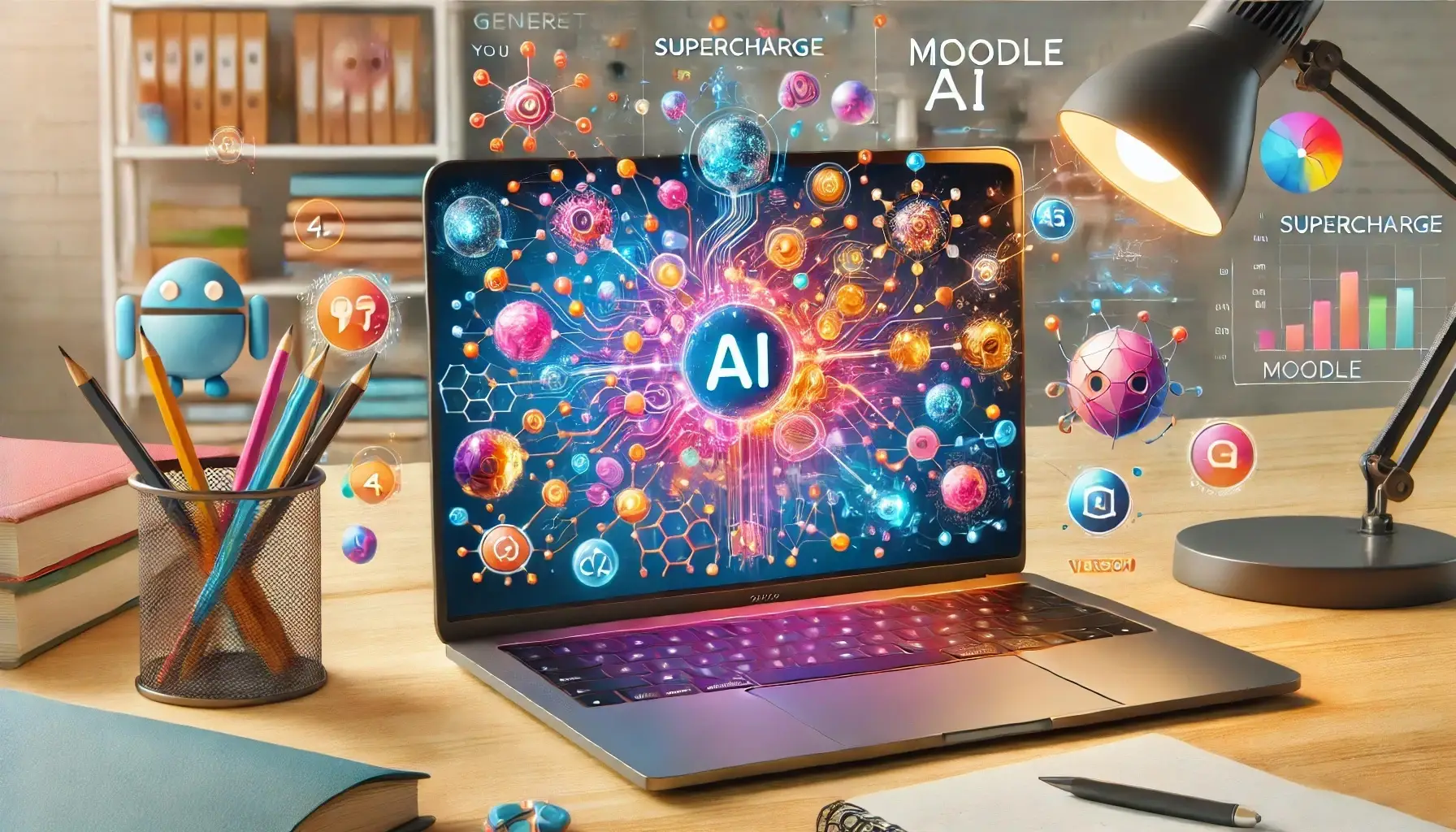Reading on the web has changed the way we process information. Nowhere is this more pronounced than in the way responsive design is adapting to the new technology emerging. L&D professionals are always refining their content to suit their learners learning behaviours and accessibility to training and this is where chunking comes in.
What is chunking?
Chunking was a concept first introduced by Harvard psychologist George A Miller. Miller claimed that people could reliably remember around seven items, plus or minus two.
Chunking refers to grouping information into chunks or nuggets. Chunking learning content breaks down complicated information into smaller memorable chunks. Chunking helps the learner process the information with greater ease and retain it to memory.
How to chunk?
An example of chunking is the everyday shopping list: frozen foods are categorised together, dairy, fruits, and vegetables and so on. The same applies to chunking e-learning content. Here’s 6 steps to chunk your learning content:
1. Clarify learning objectives; identify what you want your learners to achieve and why is important for them to do so. This step is all about how you structure your content;
2. Tell your learners what you would like the learning to achieve. Break down the information into topics, or case studies they can relate to and learn from;
3. Connect the learning they will do to what they do on the job; this will help learners make their own connections to their work tasks and will help them integrate what they have learnt. Using images, infographics, video will help in getting the right interactivity for your course;
4. Write web-friendly content. Use SEO writing principles. Keep sentences short and in the active voice. Don’t be afraid to use bullet points to help you organise your content, but keep them to a minimum — five is a good number;
5. Use resources appropriately; include hyperlinks to content that can be found in wiki’s or online;
6. If you’ve used storyboarding this will guide you in the designing of the interface of the as well as the look and feel of the content.
The challenge for the instructional designer is to design a course that will become a positive learning experience, allowing the learner to interact and engage with the content. And, ultimately, our goal as learning and development professionals is to create a course for our learners where they can use the knowledge they gain.
You can chunk information by using a variety of multimedia, such as a podcast, video, and text. That said, be mindful on not overstimulating your learners with visuals. Moodle and Totara make interactivity a cinch – consider creating your own template.
Use a storyboard to map out the content and consult your SME, or if you don’t have one research your subject matter – the Internet has great resources.
By chunking you are creating meaningful and memorable content that your learners will be able to use and improve their work performance. Try out the suggestions and share your feedback with us.







